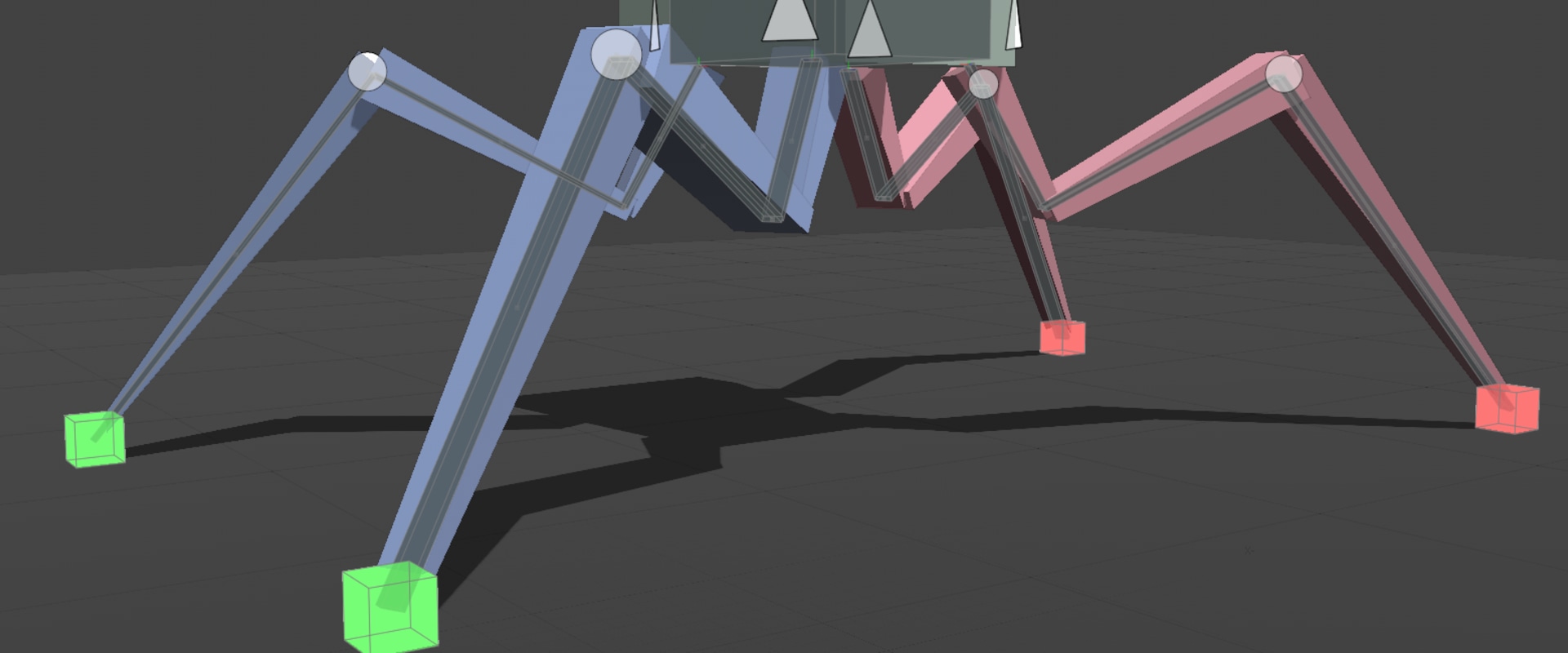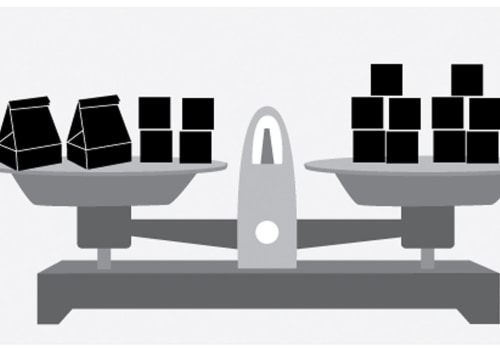Are you tired of struggling to understand inverse functions? Do you find yourself constantly searching for a comprehensive guide that breaks down this complex topic into easy-to-understand concepts? Look no further! This article is here to help you master inverse functions and become a confident math whiz. Whether you're a parent looking to help your child with their algebra homework or a student looking to ace your next exam, this guide will provide you with all the necessary tools and knowledge. So, let's dive into the world of inverse functions and unlock the secrets behind this fundamental concept in algebra basics. First, let's define inverse functions. An inverse function is a function that undoes the action of another function.
In other words, if we apply one function to a number and then apply its inverse function, we will get back the original number. For example, if f(x) = 2x + 3, the inverse function would be f^-1(x) = (x-3)/2.Now that we have a basic understanding of inverse functions, let's dive into how they can help improve your child's algebra skills. One important use of inverse functions is solving equations. By using inverse functions, your child can easily isolate variables and solve for them.
This can be especially helpful when dealing with more complex equations. Another useful application of inverse functions is in graphing. By graphing both a function and its inverse, your child can easily see the relationship between them and better understand how they work together. In addition to solving equations and graphing, inverse functions can also be used to find the domain and range of a function, as well as to determine if a function is one-to-one or onto. These are all important concepts in algebra that your child will need to master to excel in the subject. To reinforce the concepts of inverse functions, it's important for your child to practice solving problems and completing exercises. There are plenty of online resources that offer free practice problems and worksheets for all levels of algebra.
Encourage your child to complete these exercises regularly to strengthen their understanding of inverse functions. Finally, if your child is struggling with algebra and needs additional help, consider hiring a qualified algebra tutor. A tutor can work one-on-one with your child to address any specific challenges they may be facing with inverse functions and other algebra concepts. Ask for recommendations from other parents or do some research online to find a reputable tutor in your area.
Practice Makes Perfect
Encourage your child to practice solving problems and completing exercises to strengthen their understanding of inverse functions.Consider Hiring a Tutor
If your child needs additional help with algebra, consider hiring a qualified algebra tutor for one-on-one support.Other Applications of Inverse Functions
Inverse functions have a wide range of applications in mathematics, particularly in determining the domain and range of functions. By finding the inverse of a function, we can determine the inputs and outputs that result in specific values. One of the main uses of inverse functions is in understanding one-to-one and onto functions.A one-to-one function is a function where each input has a unique output, while an onto function is a function where every element in the output has at least one corresponding input. By finding the inverse of a function, we can determine if it is one-to-one or onto. Additionally, inverse functions can also be used to solve equations that involve exponential and logarithmic functions. By using the properties of inverse functions, we can simplify these equations and find their solutions. Another important application of inverse functions is in graphing. By graphing the inverse of a function, we can determine if it is a reflection of the original function over the line y = x.
This is useful in visualizing and understanding the behavior of functions.
The Power of Graphing with Inverse Functions
Graphing is a powerful tool for understanding the relationship between functions and their inverses. By visually representing the data, students can gain a deeper understanding of how these two concepts are connected. When graphing inverse functions, it is important to remember that the inverse function will be a reflection of the original function over the line y=x. This means that any points on the original function will have their x and y coordinates switched on the inverse function graph. For example, if the point (2,3) is on the original function, it will be reflected over the line y=x to become (3,2) on the inverse function graph. This can be a helpful visual aid for students to see how the two functions are related. Graphing also allows students to see how inverse functions behave in different situations.They can see how the graph of the original function affects the graph of its inverse and vice versa. This can help students understand concepts such as one-to-one functions and how they relate to inverse functions. Encourage your child to practice graphing inverse functions using different equations and values. This will not only help them understand the concept better, but it will also improve their overall algebra skills.
Solving Equations Made Easy
One of the most important skills in algebra is the ability to solve equations. For parents looking to help their child improve their algebra skills, teaching them how to use inverse functions can be extremely beneficial.Inverse functions are functions that undo each other. This means that if you apply an inverse function to a number, it will return the original number. In solving equations, this means that you can use inverse functions to isolate a variable and find its value. For example, if you have the equation 2x + 3 = 9, you can use the inverse function of addition, subtraction, multiplication, or division to isolate x and solve for its value.
In this case, the inverse function of addition is subtraction, so you can subtract 3 from both sides of the equation to get 2x = 6.Then, dividing both sides by 2 gives you the solution x = 3.Teaching your child how to use inverse functions to solve equations not only helps them improve their algebra skills, but also teaches them critical thinking and problem-solving abilities. By understanding how inverse functions work, your child will be able to approach equations with confidence and solve them quickly and accurately. Inverse functions are a crucial concept in algebra that can greatly benefit your child's understanding of the subject. By utilizing tips and techniques for solving problems, practicing regularly, and seeking additional help if needed, your child will be on their way to mastering inverse functions and excelling in algebra.











